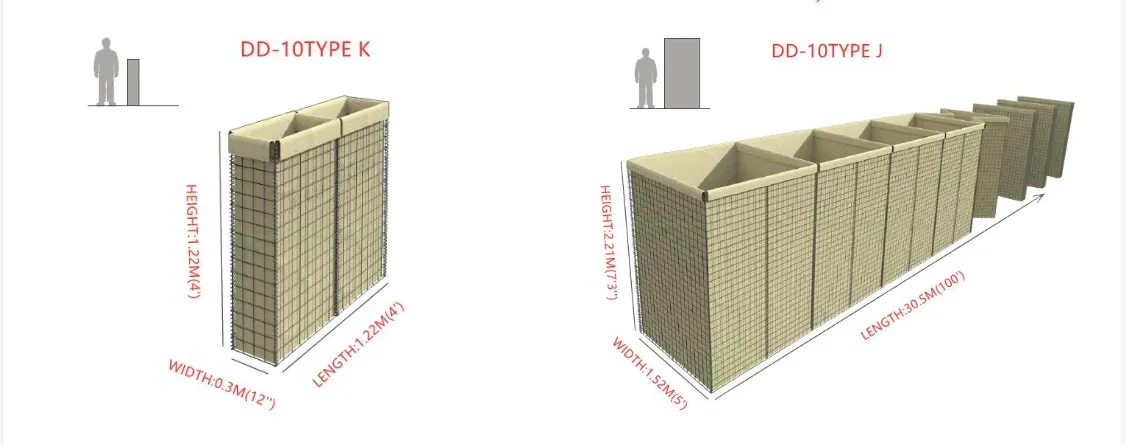Understanding Steel Grating Thickness A Comprehensive Guide
Steel grating is a widely used material in construction and industrial applications, serving various purposes ranging from flooring and walkways to drainage covers and platform support. One of the critical factors that determine the performance and suitability of steel grating for a specific application is its thickness. In this article, we will explore the significance of steel grating thickness, the factors influencing it, and how to choose the most appropriate thickness for your needs.
What is Steel Grating Thickness?
Steel grating thickness refers to the measure of how thick the individual bearing bars of the grating are. Common thicknesses for steel grating typically range from 1/4 inch to 1 inch, with variations depending on the type of grating and its intended use. The thickness affects not only the strength and load-bearing capacity of the grating but also its weight, durability, and cost.
Importance of Steel Grating Thickness
1. Load-Bearing Capacity One of the primary functions of steel grating is to support weight. The thickness of the bearing bars directly influences how much load the grating can handle. Thicker grating can accommodate heavier loads, making it ideal for applications in warehouses, factories, and construction sites.
2. Durability and Longevity Thicker steel grating generally provides greater durability and resistance to wear and tear. In harsh environments, such as chemical plants or coastal areas, the additional thickness can help prevent damage from corrosion, impact, and heavy use.
3. Safety In industrial environments, safety is a paramount concern. Thicker grating offers enhanced safety by reducing the risk of deflection or collapse under heavy loads, thereby protecting workers and equipment.
steel grating thickness

4. Cost Considerations While thicker grating may offer better performance, it also typically comes at a higher cost. Therefore, it is essential to balance performance requirements with budget constraints when selecting the appropriate thickness.
Factors to Consider When Choosing Grating Thickness
1. Application Type Different applications have varying load and safety requirements. For instance, pedestrian walkways may require less thickness than grating used in vehicular traffic areas.
2. Environmental Conditions Consider the environment where the grating will be used. Areas prone to extreme weather or corrosive substances may benefit from thicker, more resilient grating.
3. Regulatory Standards Always check local standards and regulations, as they may dictate specific thickness requirements based on industry safety guidelines.
4. Manufacturer Specifications Consult with manufacturers or engineers who can provide recommendations based on specific use cases, ensuring that the selected grating meets all necessary criteria.
Conclusion
Choosing the right thickness of steel grating is crucial for ensuring optimal performance, safety, and durability in various applications. By understanding the importance of grating thickness and considering key factors such as load requirements and environmental conditions, you can make informed decisions that will contribute to the overall effectiveness and longevity of your steel grating installations.
-
The Strength and Versatility of Aluminum Expanded Metal Mesh
NewsJun.10,2025
-
Safety Guards and Machine Enclosures Using Expanded Mesh
NewsJun.10,2025
-
Performance with Round Hole Perforated Mesh in Wall Panels
NewsJun.10,2025
-
How Steel Grating Trench Covers Distribute Weight Efficiently
NewsJun.10,2025
-
How Deck Mesh Railing Enhances Backyard Aesthetics
NewsJun.10,2025
-
Comparing Bar Thickness and Spacing in Steel Grating
NewsJun.10,2025
Subscribe now!
Stay up to date with the latest on Fry Steeland industry news.

